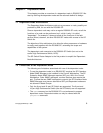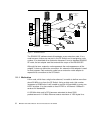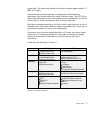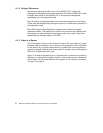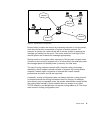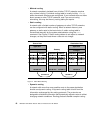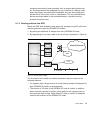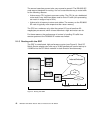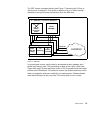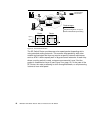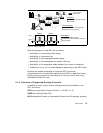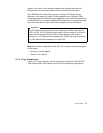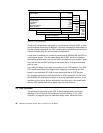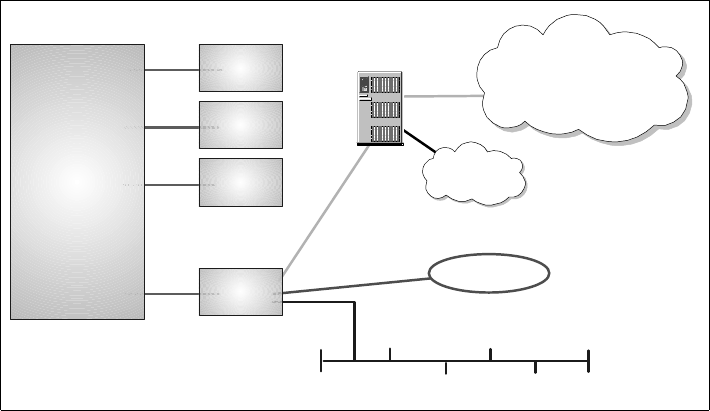
Router Node 11
situations more quickly and accurately than a system administrator can
do. Routing protocols are designed not only to switch to a backup route
when the primary route becomes inoperable; they are also designed to
decide which is the "best" route to a destination. On any network where
there are multiple paths to the same destination, a dynamic routing
protocol should be used.
2.1.4 Routing without the GRF
Before the GRF was available, there were only two ways to get IP traffic from
remote systems to reach the RS/6000 SP nodes:
1. By putting an additional IP adapter into every RS/6000 SP node.
2. By designating one or two nodes to act as a router (as shown in Figure 5).
Figure 5. Routing without GRF
The first option was usually not chosen because it was too costly for the
following reasons:
• For systems with a large number of nodes having multiple IP adapters for
each RS/6000 SP node can be expensive.
• The number of I/O slots in the RS/6000 SP node is limited. In addition,
these slots are required to perform other tasks for the system, such as
connecting to disk or tape. Using these I/O slots to connect IP adapters
restricts the functions of the RS/6000 SP node.
SP Switch
Node
Node
Node
Node
. . .
FDDI
ATM
Ethernet
Internet/Intranet
Router



